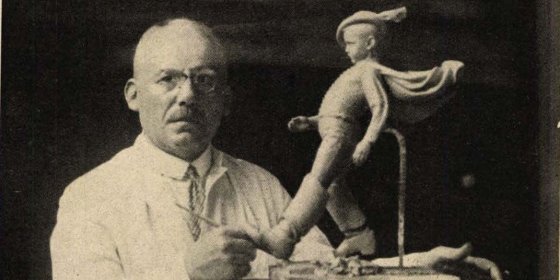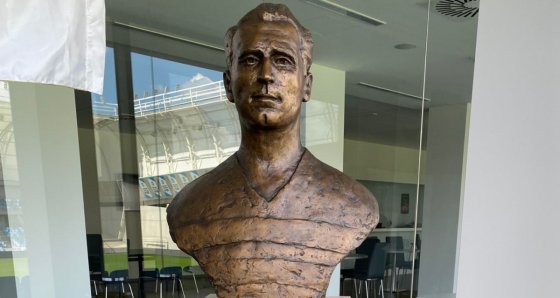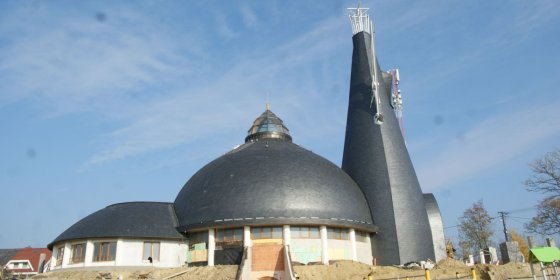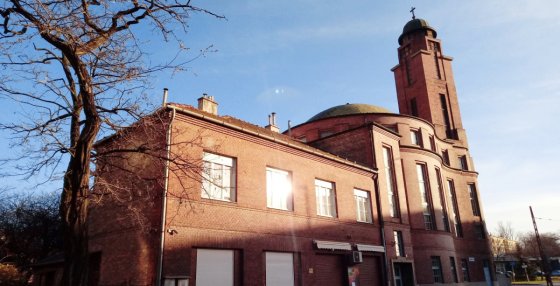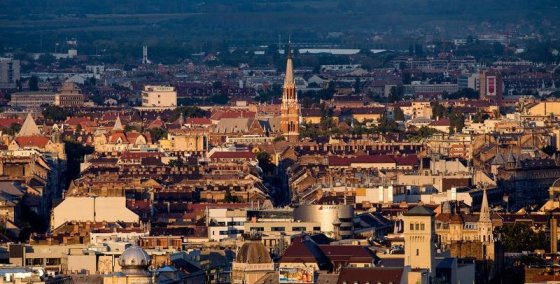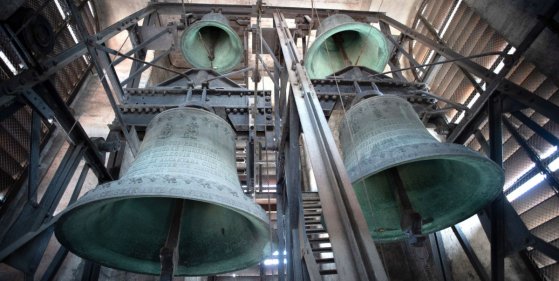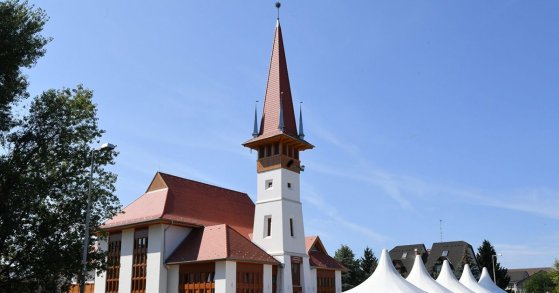 The „intertwined history” of the bridges and the city of Budapest
Which ideas and events have shaped the fate of bridges of Budapest and the cityscape? Alongside many other interesting facts, this question is also answered this newly published book by the Budapest City Archives, which introduces the history of bridges in Budapest.
The „intertwined history” of the bridges and the city of Budapest
Which ideas and events have shaped the fate of bridges of Budapest and the cityscape? Alongside many other interesting facts, this question is also answered this newly published book by the Budapest City Archives, which introduces the history of bridges in Budapest.
Máté Millisits
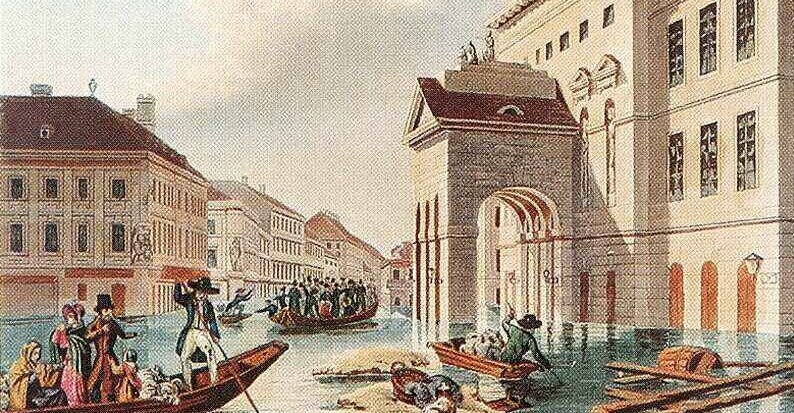 Trauma and milestone - The story of the Pest-Buda flood of 1838
Trauma and milestone - The story of the Pest-Buda flood of 1838
March 13, 2023 at 5:00 PM
185 years ago, between 13 and 18 March 1838, the Danube flood, which is considered to be the largest in the history of the settlements in the area of today's Budapest, which had an independent public administration at the time, devastated the area. The natural disaster also called the ice flood, caused the most serious damage in Pest, which was at the dawn of development during the Reform Era. While in the other settlements, life returned to the previous state after the flood receded, in Pest, after the destruction, using more durable materials, it was possible to rebuild the city on a new scale.
Ede Telcs, born 150 years ago, created masterpieces in various areas of sculpture
May 13, 2022 at 2:00 PM
Ede Telcs is an outstanding figure in Hungarian sculpture, and his works in Budapest include representative public monument, tombstone and architectural sculpture. His works adorning the Hungarian capital were mostly placed in City Park and the National Graveyard on Fiumei Road, as well as in the city centre. His work is intertwined with the life of the famous personalities, mainly with the architect Ignác Alpár, of Budapest which was developing into a world city.
Nándor Hidegkuti, to the miracle striker of the Golden Team, was born in Óbuda a hundred years ago
March 3, 2022 at 10:00 AM
The excellent footballer of MTK, who became the Olympic champion in 1952 with the legendary Golden Team, started playing football with a rag ball next to the brick factory in Újlak. He had come a long way from Óbuda to world fame, but he managed to achieve what many longed for. Nándor Hidegkuti was born a hundred years ago.
The Makovecz Church, on the foundation stone laying of which the architect was present, will soon be completed
November 24, 2021 at 9:00 AM
Imre Makovecz, a master of organic architecture, designed many churches in addition to many buildings. The plans for the Church of the Ascension in Rákoskert were made between 2008 and 2009, for which the necessary financial resources were not available at that time. However, construction of the church began two years ago and is now nearing completion. The new bell has been placed in its tower these days.
The Lutheran Church in Kőbánya is ninety years old, the first Protestant building in Budapest showing modern architectural principles
November 5, 2021 at 11:00 AM
The church of the Lutheran Parish of Kőbánya, consecrated in 1931, is located in the geometric center of the capital. The building at 14 Kápolna Street is a small "jewel box" of Hungarian sacred architecture between the two world wars. Its floor plan evokes the world of Baroque sacral buildings with a single nave, and in its external design it can be related to the Western European buildings of art deco.
Built as a church of gratitude, demolished by Rákosi – the Regnum Marianum church was consecrated 90 years ago
June 22, 2021 at 9:30 AM
The replica of the Hungarian Holy Crown as a dome ornament was one of the unique features of the Regnum Marianum church, which was consecrated 90 years ago. Twenty years after its consecration on 14 June 1931, the sacral building was condemned to be demolished by the communist dictatorship, and its walls were blown up. There are few Hungarian churches of the 20th century in the Carpathian Basin, whose tragic fate could be associated with as much emotion as the history of the Regnum Marianum in Városliget.
Zugló turns 85 – A district of palaces, villas and housing estates
October 9, 2020 at 3:00 PM
Established ninety years ago, Zugló became an independent district 85 years ago. The 14th District connects the city centre with the outer parts of the city, and its role is reflected in its architecture. Beautiful villas built by artists stand alongside stunning school buildings, monuments and the headquarters of various institutions in the styles of historicism and Art Nouveau and these were joined in the 1970s by housing estates.
Master bell founder Laszlo Szlezák born 150 years ago
October 6, 2020 at 3:00 PM
László Szlezák is possibly one of the best-known Hungarian bell-founders. He came to Budapest at the age of 14 and cast beautiful bells for churches throughout the city. Several of them can still be seen, for example in the Reformed Churches in Angyalföld and on Városligeti Avenue, on Ferenciek Square, in the Catholic Church on Haller Street, and the Kőbánya Church designed by Ödön Lechner. His largest and most famous work, the 7945 kg Saint Emeric bell cast for Saint Stephen's Basilica was destroyed in the Second World War.
A visit to Budapest’s newest Reformed Church
September 11, 2020 at 9:00 AM
The Reformed Church opened in Soroksár on 5 September is reminiscent of the turreted towers of Churches in Kalotaszeg (Țara Călatei, Romania). While the eighth Reformed Church to be completed in Budapest since the fall of communism in Hungary way bear marks of long-standing traditions on its exterior, its interior is of a more modern inclination.
The bells of Saint Stephen's Basilica – Hungarian and German masterpieces
August 21, 2020 at 9:00 AM
The historical value of the former and present bells in Saint Stephen's Basilica in Budapest is significant in terms of ecclesiastical, industrial and national history. Today’s large bell was donated by the German people in 1990 and was made by Perner in Passau. The bell was consecrated on 20 August 1990, thirty years ago. It is the largest bell in Hungary today.
More articles
 The „intertwined history” of the bridges and the city of Budapest
Which ideas and events have shaped the fate of bridges of Budapest and the cityscape? Alongside many other interesting facts, this question is also answered this newly published book by the Budapest City Archives, which introduces the history of bridges in Budapest.
The „intertwined history” of the bridges and the city of Budapest
Which ideas and events have shaped the fate of bridges of Budapest and the cityscape? Alongside many other interesting facts, this question is also answered this newly published book by the Budapest City Archives, which introduces the history of bridges in Budapest.
 The Bridge Report, which brought a turning point in the history of Budapest
A travel report that changed the history of Pest and Buda, as well as Hungary. The little book contributed to the change of half a thousand years of legal customs and the implementation of an investment of unprecedented size and technical quality. This book was The Bridge Report [Hídjelentés in Hungarian].
The Bridge Report, which brought a turning point in the history of Budapest
A travel report that changed the history of Pest and Buda, as well as Hungary. The little book contributed to the change of half a thousand years of legal customs and the implementation of an investment of unprecedented size and technical quality. This book was The Bridge Report [Hídjelentés in Hungarian].
 Drama on the university wall - The heroic monument was planned 95 years ago
In the constant hustle and bustle of the Egyetem Square in Pest, the students may not even notice the monument that decorates the short section of wall between the church and the central building of ELTE. However, it commemorates their predecessors, the heroes who fought for their country in World War I, and those who heroically helped them. The first design of the dramatically collapsing soldier was born in 1928, ninety-five years ago.
Drama on the university wall - The heroic monument was planned 95 years ago
In the constant hustle and bustle of the Egyetem Square in Pest, the students may not even notice the monument that decorates the short section of wall between the church and the central building of ELTE. However, it commemorates their predecessors, the heroes who fought for their country in World War I, and those who heroically helped them. The first design of the dramatically collapsing soldier was born in 1928, ninety-five years ago.

